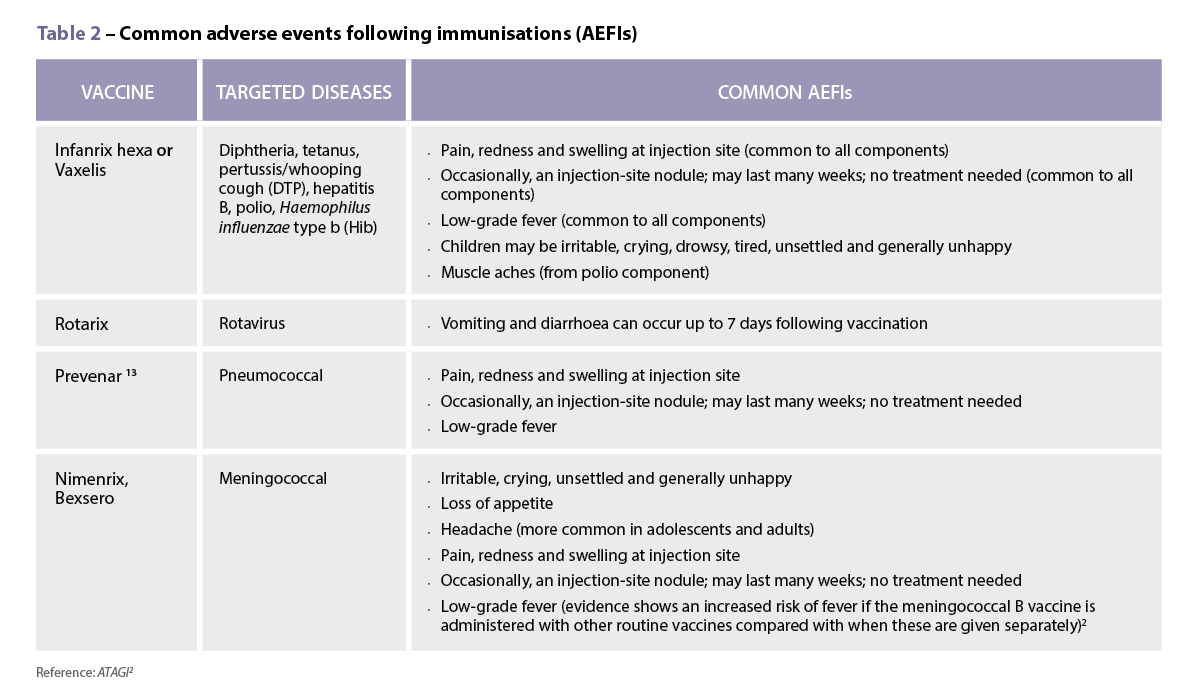Pharmacists face new challenges when it comes to advising patients how prescription drug-use could affect their driving performance.
A change to the legal definition of ‘drug’ in New South Wales means there could be more successful prosecutions for driving under the influence of prescription medicines and other new drugs.
The Road Transport Legislation Amendment Bill 2018 has expanded the definition of drug to include ‘any … substance that, when taken by an ordinary person, is reasonably likely to deprive the person of, or impair, his or her normal mental or physical faculties (whether temporarily or permanently)’.
Similarly broad definitions are already in effect in Queensland, Victoria and Western Australia.
NSW Centre for Road Safety Executive Director Bernard Carlon says drivers should speak to pharmacists about how their medications may affect their performance on the road.
‘Medical professionals, including pharmacists, play an ongoing and important role advising their patients about the potential effects medications may have, including on safe driving,’ Mr Carlon told Australian Pharmacist.
But the introduction of broader drug-driving definitions across the country raises new and complex challenges for drivers, pharmacists and other health professionals, says SafeWork Laboratories forensic toxicologist Andrew Leibie.
‘The list of prescription medications that have appeared in the literature as having an elevated crash risk is extremely large, and includes some groups many pharmacists may not consider,’ he says.
‘For example, the following is a non-exhaustive list of medications which have demonstrated evidence for increased risk: benzodiazepines, SSRIs, SNRIs, NSAIDs, opiate and semi-synthetic opiate analgesics, anti-epileptic drugs and some types of antihypertensive medications.
‘The effects of even low doses of alcohol (below 0.05% BAC) can also contribute significantly to the effect on driving when combined with many of these medications.’
Mr Leibie says the challenge of ensuring drivers are well-informed is compounded by the fact that this is a rapidly emerging field.
‘Part of the concern is that effects on driving are not typically studied in the pre-commercial release testing of new medications, so substantial numbers of new and existing medications are continually being identified as contributing to a greater odds ratio of vehicle accident,’ he says.
‘Promulgating the latest information and risk profiles to retail pharmacy in a timely manner is likely to be a very significant challenge.’
Following the legislative amendments in NSW, the State Government is developing a new communication strategy to raise awareness of the risks of driving if impaired by prescription drugs.
Australian Pharmacist understands that this will include support for pharmacists in advising patients of the need to assess the effect that medications may have on their driving, and not to drive if impaired.
PSA NSW Branch President Professor Peter Carroll says pharmacists should consult the Australian Pharmaceutical Formulary and Handbook 24th edition (APF24) for guidance on counselling patients.
‘APF is a good source – label 1, 1a and 12 are used for medicines that may cause sedation or affect mental alertness and a patient’s ability to drive, and pharmacists as part of practice counsel patients around this,’ he says.
Professor Carroll says there may be a need for state and territory governments to provide greater clarity around how the laws will apply.
‘Anything that can reduce road accidents has to be supported, but it has to be realistic and, as with alcohol, there would have to be some limit or way of determining that this person shouldn’t be driving,’ he says.
‘There’s no doubt that a lot of people can take an opioid analgesic and drive a car perfectly well.’
Providing patients with written information, such as the Self Care Fact Card on Medicines and Driving, can be valuable in helping reinforce pharmacist advice and counselling.



 This CPD activity is supported by an unrestricted education grant by Reckitt.[/caption]
This CPD activity is supported by an unrestricted education grant by Reckitt.[/caption]





 Jess Hadley, community pharmacist and Professional Officer at PDL[/caption]
Jess Hadley, community pharmacist and Professional Officer at PDL[/caption]
 Peter Guthrey, Senior Pharmacist – Strategic Policy at PSA[/caption]
Peter Guthrey, Senior Pharmacist – Strategic Policy at PSA[/caption]


 Professor Margie Danchin[/caption]
Professor Margie Danchin[/caption]

 Dr Peter Tenni[/caption]
Dr Peter Tenni[/caption]
 How should we deprescribe gabapentinoids, according to the Maudsley Deprescribing Guidelines[/caption]
How should we deprescribe gabapentinoids, according to the Maudsley Deprescribing Guidelines[/caption]






